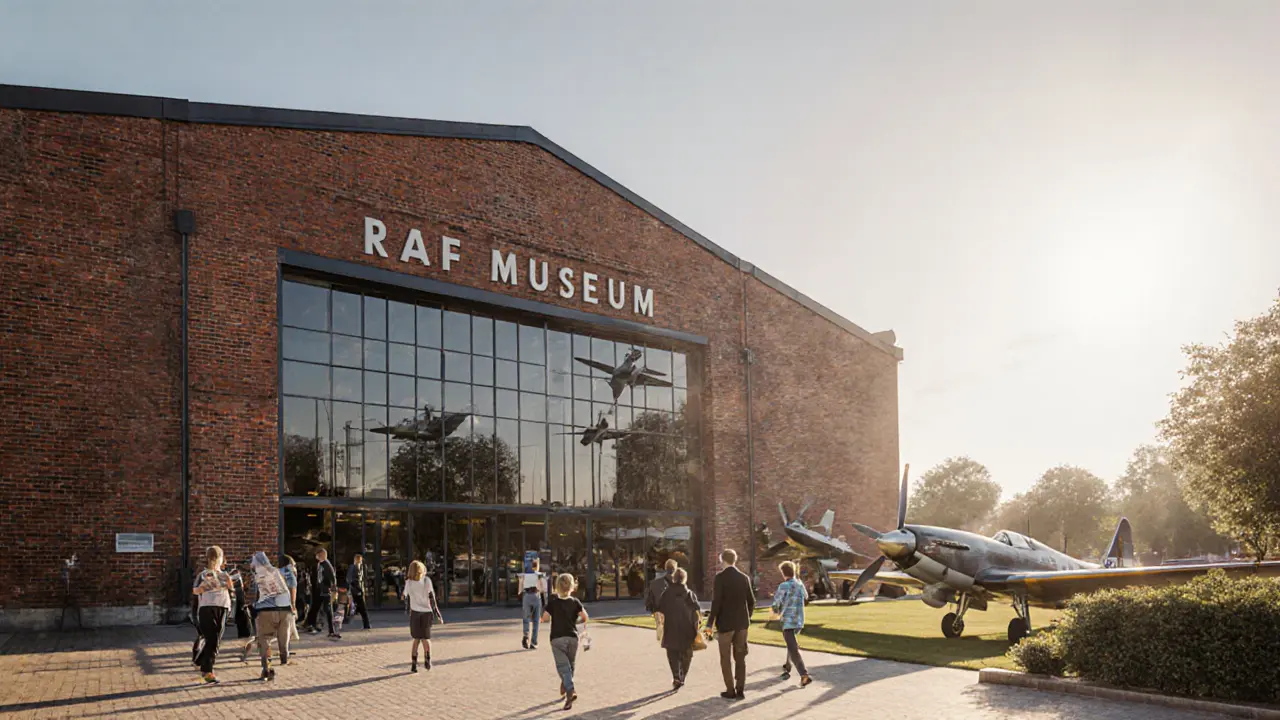Interactive Exhibits in London: Hands‑On Fun for Everyone
When you hear the term interactive exhibits, displays that let you touch, play, and engage rather than just watch. Also known as hands‑on installations, they turn ordinary museum trips into active experiences.
One key player in this scene is the Museum, a public space that houses collections and often features interactive sections. Museums in London frequently pair traditional artifacts with modern tech, letting you scan, move, or even build objects. Another hotspot is the Lego Store, a retail‑meets‑playground venue where large‑scale builds invite visitors to add bricks themselves. Finally, the Balloon Museum, an immersive pop‑up where inflatable art pieces become climbable exhibits shows how pop‑culture and design fuse for a truly tactile visit.
Why Interactive Exhibits Matter
Interactive exhibits enhance learning by letting you try before you understand. They also boost social interaction, because friends and families naturally collaborate on puzzles or build projects together. In London, these experiences link cultural heritage with modern curiosity, creating a bridge between historic sites like the Transport Museum and contemporary venues like the Lego Store.
Take the Lifestyle Balloon Museum London, for example. Visitors step into giant, colorful balloons that double as art installations and climbing frames. The exhibit’s design encourages you to bounce, pose, and snap pictures, turning a simple walk‑through into a memorable adventure. Meanwhile, the Lifestyle Lego Store London offers a dedicated “Build‑Your‑Own” zone where you can construct models alongside a team of experts, learning building techniques while having fun.
The rise of interactive exhibits also fuels the growth of niche spots such as rage rooms, where couples safely smash items for stress relief, and immersive theatre pop‑ups that blend performance with audience participation. Each of these venues shares a core attribute: they require you to be an active participant rather than a passive observer.
London’s transport history gets a fresh spin at the London Transport Museum’s interactive galleries. You can sit in a replica tube carriage, operate a vintage signal box, or use a digital map to plot historic routes. These hands‑on features bring the city’s mobility story to life, showing how past innovations still shape today’s commuter experience.
If you’re after a budget‑friendly option, the Lifestyle Overground Map points out hidden cafés that double as mini‑exhibits, where baristas serve drinks in art‑styled mugs and walls showcase rotating local art. These micro‑exhibits prove that interactivity isn’t limited to large institutions; even small cafés can offer a dose of creativity.
For families, axe‑throwing venues now include kid‑safe stations, turning a traditionally adult activity into a family‑friendly challenge. The same principle applies to the new Lifestyle Axe Throwing spots, where safety briefings and padded targets let younger guests try their hand under supervision.
Food lovers also enjoy interactive moments. At Raising Cane’s London, the ordering process includes a touchscreen that lets you customize your meal, while at Dave’s Hot Chicken you can watch the spicy chicken being prepared through a glass wall, adding a culinary theater element to your lunch break.
Outdoor enthusiasts can hop aboard hot‑air balloon rides that blend sightseeing with a gentle, floating experience. These rides offer a unique perspective of London’s skyline, turning a standard tour into an interactive, aerial adventure.
When planning your visit, consider the venue’s accessibility, ticketing options, and any hands‑on workshops they offer. Many places, like the Japan House London, provide guided sessions where you can try calligraphy or tea ceremonies, enriching the cultural exchange.
In short, London’s interactive exhibits span museums, pop‑up art spaces, food venues, and even transport hubs. They all share the goal of turning observation into participation, making learning fun and memorable. Below you’ll find a curated list of articles that dive deeper into each spot, give practical tips, and help you decide which hands‑on experience fits your interests best.
- Elara Whitlock
- October 9, 2025
- Comments 0

